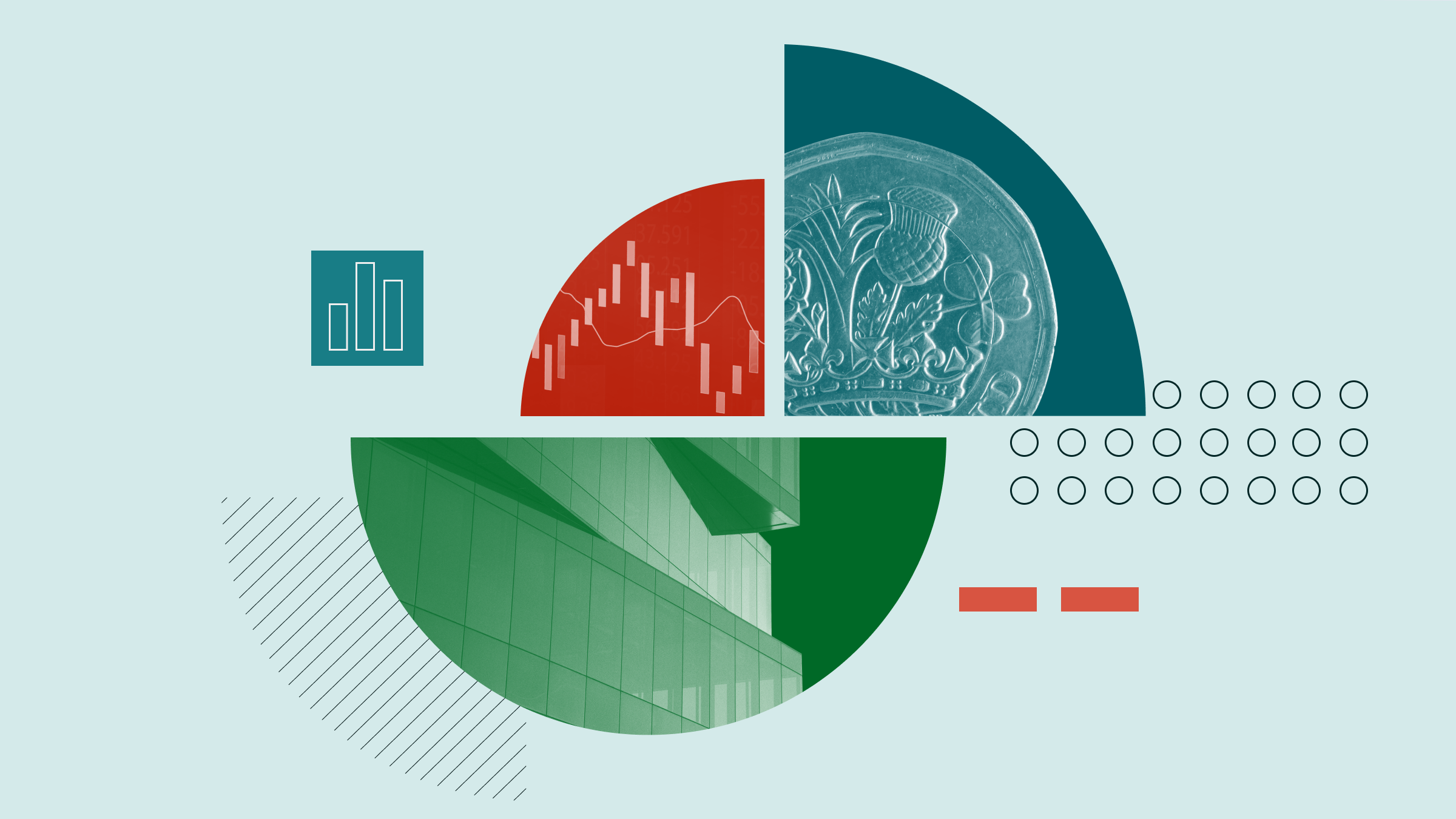Here's the thing, though. Swaps have become so ingrained in the global financial system that the way it evolves over the next few years will depend heavily on whether swaps remain popular among institutions, whether they continue to work the same way, and whether--and to what degree--they become more heavily regulated.
The story of swaps also bears similarity to other major innovations that triggered the growth and popping of past investment bubbles, leaving destruction in their wake. In many just cases, the value of what remained became clear only later. Billions of pound
s were lost after the dot-com craze, but a house without high-speed Internet today might as well not have a telephone, either.
Like nuclear technology, swaps fit that category because they have tremendous utility, but they can be misused and abused, which is why legendary investor Warren Buffett has labeled them "financial weapons of mass destruction." Even if regulators make drastic changes to the swap markets, though, it's a good bet they'll continue to exist in one form or another, because financial life without them would be so much more difficult.
The Basics
When you strip away the bells and whistles, a swap is simply a contract between two parties to exchange one thing or another. Let's look at the case of a generic or plain-vanilla interest-rate swap. Say for example, you have two parties that have mismatched assets and liabilities. We'll assume party A has taken out a loan and must pay a fixed rate of interest, but it also has a stream of income coming in that pays party A a floating rate. Party B, by contrast, owes money on a floating-rate loan, but it has an income stream that pays a fixed rate. In this simple example, each party would prefer to swap its payment stream so that both its assets and liabilities are matched--either fixed to fixed or floating to floating--so that they can eliminate the risk that their income may not be sufficient to meet their payment obligations. We'll assume that both parties choose the same dollar amount upon which to base the swap (say £10 million, also called the "notional" value). One party agrees to make a fixed interest payment based on that notional value, while the other agrees to pay a floating rate.
What makes things interesting is that, while the notional value is important as a reference point, that amount of money almost never actually changes hands. Rather, it's only the interest payments based on that number that flow back and forth. And in fact, if the contract is structured so, those interest payments will offset each other to some degree and only the difference between the two actually changes hands. Take a swap with a notional value of £10 million, for example, where the fixed rate is 6% and the floating rate is at 5% at the time payments are due. The payments are "netted" (6%-5%), so that the fixed rate payer owes 1% of £10 million to the floating rate payer, a payment of £100,000.
Often, the only other money involved is margin collateral that the parties put up to cover the risk that they will fail to live up to the contract. That's why it's worth taking numbers you hear about the size of the swap markets with a grain of salt. A £60 trillion notional amount of swaps may still represent plenty of risk being transferred or embedded in the financial system, but it doesn't mean that 60 trillion actual pounds ever traded hands.
There are all kinds of reasons that someone would want to use an interest-rate swap, and they run the gamut from saving money, to hedging risk, to speculating. In many cases, you can get similar results from futures or options, but you may turn to swaps to negotiate a longer maturity, or otherwise customize it for specific needs.
The Younger Generation
What have really become popular lately, though, are credit default swaps (CDS). Some of the basics are the same: one party is still exchanging something with another party. In this case, though, it's a fee in exchange for taking on default risk.
Default risk of what? Each CDS has a so-called "reference entity"--typically a corporate bond issue of a specific coupon and maturity. The idea is that the "protection buyer" will be assured that, if the issuer of the underlying bond defaults, he can expect the "protection seller" to compensate him for the loss that he would experience if he held the bond. That's a real "if," because you can buy default protection whether you own the reference bond or not.
In order to get that protection, meanwhile, the buyer agrees to pay the seller a set fee, generally on a regular schedule, that's meant to compensate for the risk that's being transferred. Although it can get out of whack when trading is fast and furious, the amount of that fee is normally correlated to the amount of yield the underlying bond offers over a risk-free rate. (Note that I say correlated rather than matched; there are other risks involved in holding the actual bond that are baked into its yield.)
The Market's Version of a Swiss Army Knife
These agreements open up all kinds of possibilities for the savvy money manager because they allow her to break up a bond's risks into component parts--such as interest-rate and credit risk--and then to take a position on one or the other without having to address both of them. A portfolio that's carefully calibrated on the basis of its interest-rate exposure, for example, can shed a specific credit risk by purchasing default protection while still hanging on to the original bond and not disturbing the portfolio's interest-rate exposure.
There are plenty of other nuances with swaps, not to mention plenty of varieties, including default swaps on bank loans and subprime mortgages. Moreover, some of the most commonly traded contracts are built around index baskets of multiple securities or single-name default swaps. They come with esoteric names--CDX, ABX, CMBX, and the like--and dizzying inclusion methodologies, but loom large because they're often the preferred tool for managers or financial institutions looking to control or hedge various portfolio risks.
In fact, the popularity and use of index default swaps, such as ABX subprime mortgage-related contracts, gets right to the heart of pricing issues that surround the subprime mortgage crisis we're watching unfold today. Watch this space for more on that topic and how the proliferation of swaps has affected risks--good and bad--in our financial system.
























